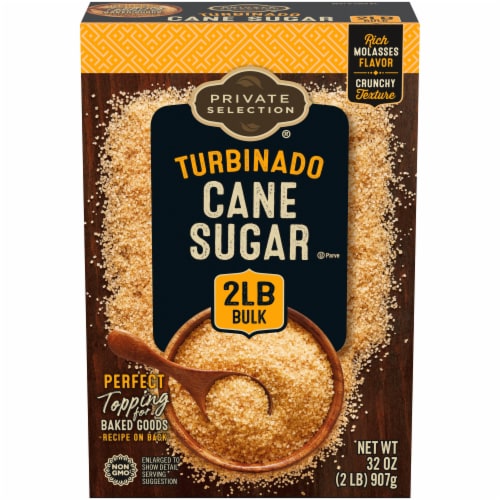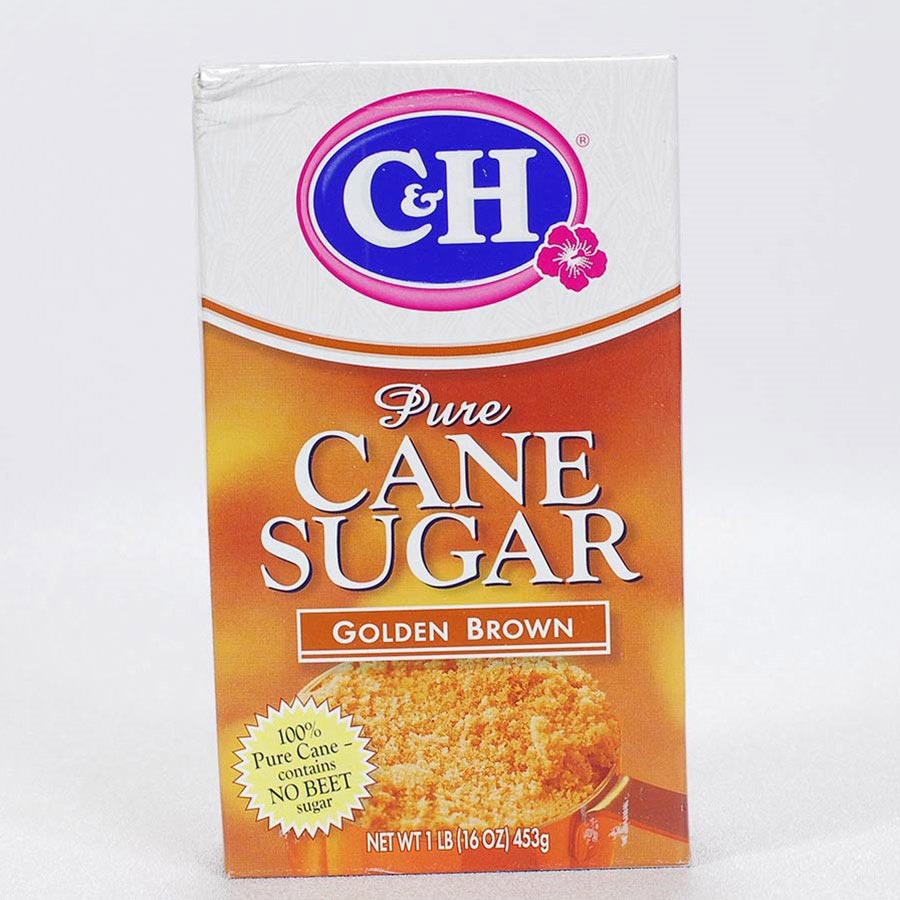Cane Sugar Processing Explained: What Happens Inside a Sugar Mill
Cane Sugar Processing Explained: What Happens Inside a Sugar Mill
Blog Article
Exploring the Comprehensive Tips Associated With Walking Stick Sugar Handling From Harvesting to Refinement
The procedure of walking stick sugar manufacturing includes a collection of complex steps, beginning with the cautious harvesting of sugarcane and finishing in the refinement phases that ensure the last product fulfills market requirements. Each phase, from the removal of juice to the purification and formation procedures, plays an essential role in determining the quality and personality of the sugar. Recognizing these stages not only highlights the complexity of sugar manufacturing but additionally elevates crucial inquiries about efficiency, sustainability, and innovation in the sector. What ramifications do these aspects have for future methods?
Harvesting Sugarcane
Harvesting sugarcane is an important action in the cane sugar processing chain, as it directly affects the quality and yield of the final product. Appropriate timing and methods are essential during this stage to make sure optimal sugar web content and minimize losses. Typically, sugarcane is gathered when it gets to maturation, usually 12 to 18 months after planting, characterized by a high sucrose focus.

Post-harvest, the sugarcane has to be refined quickly to stop sucrose destruction. Ideally, collected cane needs to be transferred to processing centers within 24 hours to protect sugar quality. As a result, efficient logistical preparation is critical to keep the stability of the harvested crop throughout the supply chain.
Removal Process

The crushed walking cane is subjected to a collection of pressing operations to optimize juice healing. Commonly, warm water is splashed onto the smashed walking stick, developing a countercurrent flow that assists liquify the sugar while additionally aiding in the removal process. The juice accumulated from this operation includes not just sugar but likewise numerous organic substances and contaminations.

To boost removal efficiency, some facilities may use diffusion techniques, where the sugarcane is taken in warm water, permitting the soluble sugars to diffuse into the fluid. The resulting juice, abundant in sucrose, is then directed to subsequent processing stages, laying the structure for filtration and refinement. The extraction procedure is therefore critical in identifying the quality and yield of the final sugar item.
Filtration Strategies
The filtration methods employed in cane sugar processing are important for transforming the raw juice into a premium sugar product. These techniques largely aim to remove pollutants, such as soil, plant products, and inorganic substances, which can negatively affect the end product's taste and color.
This procedure includes including lime and warm to the raw juice, which promotes the coagulation of pollutants. In addition, the usage of phosphoric acid can improve the explanation procedure by further binding pollutants.
Another considerable technique is carbonatation, where co2 is presented to the cleared up juice. This reaction produces calcium carbonate, which captures staying impurities and promotes their removal.
Additionally, activated carbon treatment might be put on adsorb any kind of continuing to be colorants and organic pollutants, guaranteeing a more polished item. The mix of these methods properly prepares the sugar juice for subsequent action in the refining process, establishing the stage for the production of premium walking cane sugar.
Formation Approaches
After the filtration stage, the next important action in walking cane sugar processing entails crystallization approaches, which play a pivotal function in changing the cleared up juice into solid sugar. This procedure generally utilizes two main approaches: spontaneous crystallization and controlled crystallization.
In spontaneous formation, supersaturated sugar services are allowed to cool normally, leading to the formation of sugar crystals over time. This Continue method permits for the consistent development of sugar crystals and higher purity.
During condensation, the clarified juice is concentrated via dissipation, increasing its sugar content till it gets to supersaturation. When this point is achieved, either method can assist in the crystallization process. Cane Sugar Processing. The resultant sugar crystals are then divided from the staying syrup via centrifugation
Inevitably, the choice of crystallization technique affects the high quality, size, and pureness of the final sugar item, making this action essential in the overall walking cane sugar processing procedure.
Improvement and Product Packaging
Exactly how can the pureness and high quality of walking stick sugar be better boosted after formation? The refinement procedure plays an essential duty in attaining premium cane sugar. Adhering to formation, sugar goes through a detailed washing more tips here to eliminate contaminations and residual molasses. This is usually achieved utilizing warm water or steam, which helps liquify and remove undesirable components while preserving the sugar crystals.
Next, the sugar goes through a procedure called centrifugation, where it is spun at broadband to divide the purified sugar crystals from the continuing to be fluid. After centrifugation, the sugar is typically more improved with a method called carbonization or phosphatation, which utilizes triggered carbon or phosphoric acid to get rid of shade and off-flavors.
When refined, the sugar is dried to achieve the wanted dampness content, making sure that it remains secure during storage and transport. The last step involves product packaging the refined sugar in moisture-proof and closed containers to maintain its top quality and avoid contamination. Cane Sugar Processing. Proper packaging not only extends shelf life however likewise promotes easy handling and distribution, guaranteeing that consumers obtain sugar that satisfies the greatest criteria of purity and pop over to this web-site top quality
Verdict
The thorough steps associated with walking stick sugar processing, from the meticulous harvesting of sugarcane to the intricate improvement and product packaging stages, highlight the value of each stage in making certain premium sugar production. Optimum harvesting methods, reliable extraction approaches, and extensive filtration procedures jointly add to the end product's purity and stability. The crystallization and succeeding product packaging techniques even more improve the honesty and life span of the sugar, highlighting the intricacy and precision intrinsic in this vital agricultural industry.
The process of walking cane sugar production incorporates a series of detailed steps, starting with the cautious harvesting of sugarcane and finishing in the refinement phases that guarantee the final item meets market requirements. Preferably, harvested walking stick needs to be carried to processing facilities within 24 hours to protect sugar top quality.In spontaneous crystallization, supersaturated sugar services are allowed to cool naturally, leading to the development of sugar crystals over time - Cane Sugar Processing. The improvement procedure plays an essential duty in attaining high-grade cane sugar.The extensive actions involved in cane sugar processing, from the precise harvesting of sugarcane to the complex improvement and product packaging stages, emphasize the relevance of each stage in ensuring top quality sugar production
Report this page